"Nature's Most Powerful Storms" (2003)
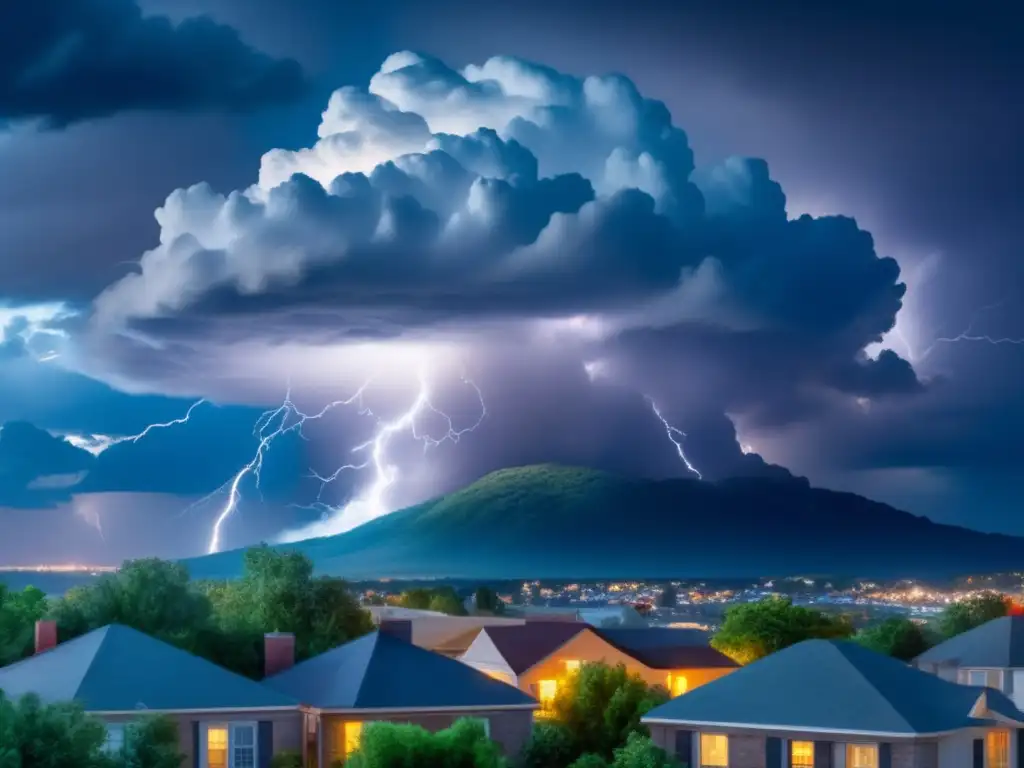
An In-Depth Review of the Hurricane Documentary: "Nature's Most Powerful Storms" (2003)
- Introduction
- Documentary Details
- How "Nature's Most Powerful Storms" (2003) Portrays Hurricanes
- Key Aspects of "Nature's Most Powerful Storms" (2003)
- Comparing "Nature's Most Powerful Storms" (2003) to Other Hurricane Movies
- Popular Opinion and Reception of "Nature's Most Powerful Storms" (2003)
- Frequently Asked Questions
- Conclusion
Introduction
The 2003 documentary "Nature's Most Powerful Storms" is a compelling portrayal of the devastating impact of hurricanes on human lives and infrastructure. Directed by Ben Harding and produced by Discovery Channel, the documentary offers valuable insights into the science behind these natural disasters and the efforts to prepare for and mitigate their effects.
Documentary Details
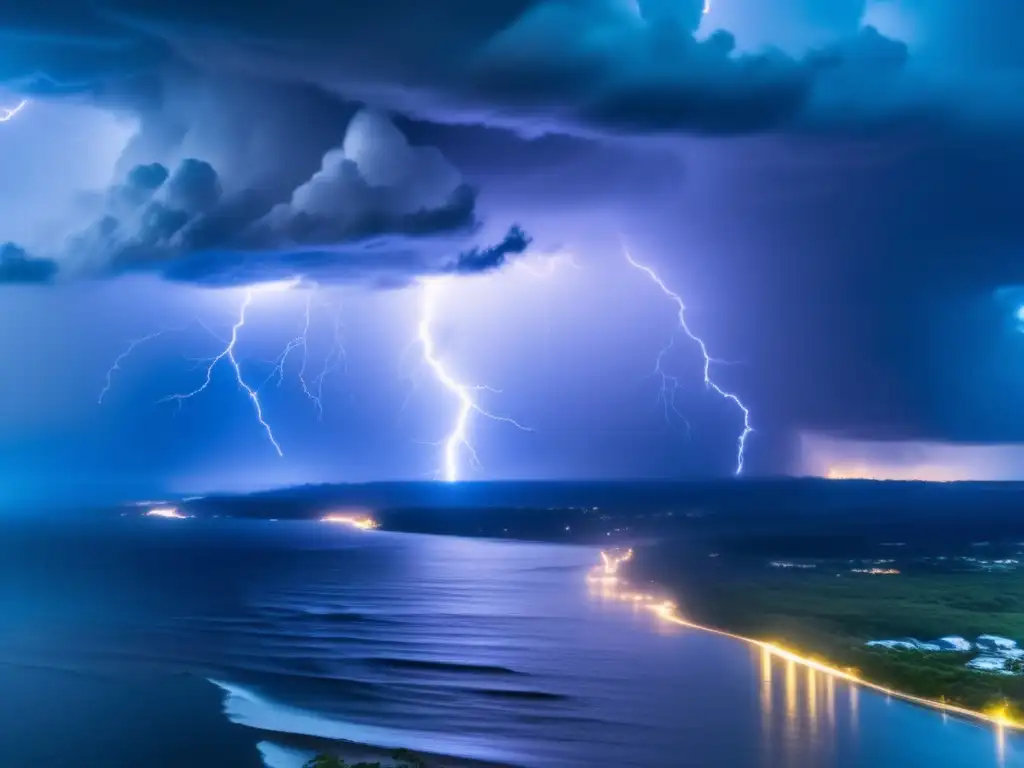
- Documentary Title: Nature's Most Powerful Storms
- Director: Ben Harding
- Producer: Discovery Channel
- Release Year: 2003
- Additional Interesting Facts: The documentary features interviews with top hurricane experts, including MIT professor Kerry Emanuel and meteorologist Bob Sheets.
How "Nature's Most Powerful Storms" (2003) Portrays Hurricanes
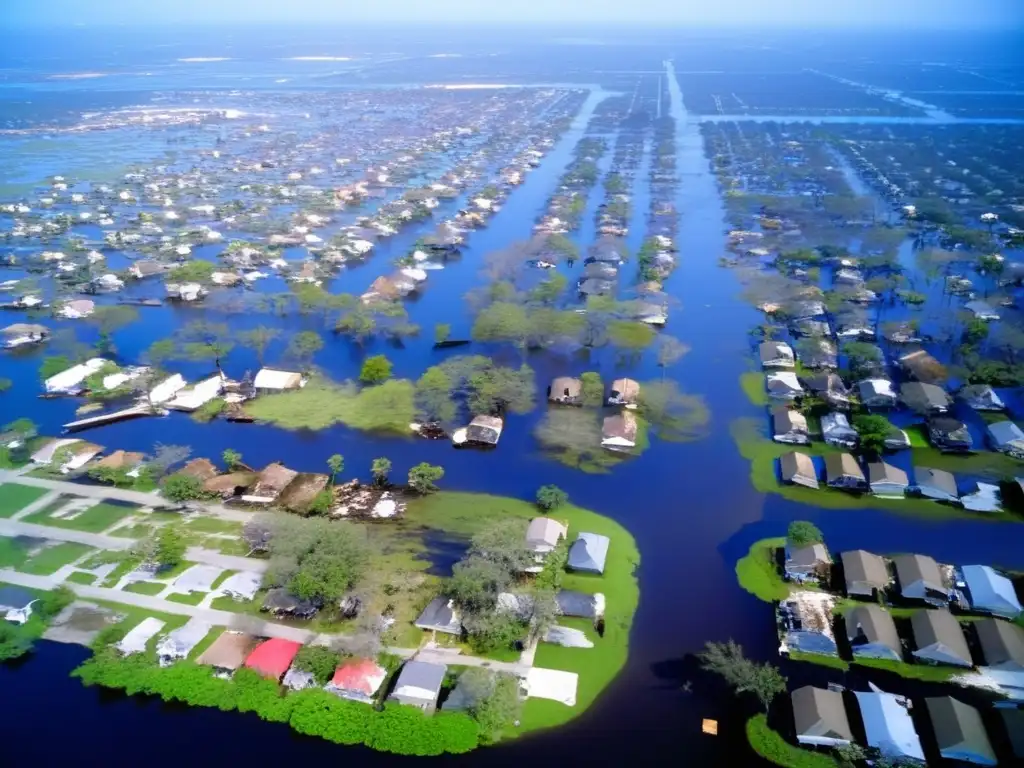
The Role of Hurricanes in the Plot
The documentary focuses entirely on hurricanes and their impact on humans and the environment. Hurricanes are portrayed as powerful, unpredictable, and potentially deadly forces of nature that require extensive preparation and planning to mitigate their effects. Through interviews with survivors, emergency responders, and scientists, the documentary presents a comprehensive overview of the ways in which hurricanes can cause devastation across entire regions.
Potential Scenarios Where Hurricanes are Depicted
The documentary includes several depictions of hurricanes, ranging from archival footage of past storms to computer simulations of potential future events. Viewers witness the destructive power of wind and water as they batter buildings and infrastructure, causing catastrophic flooding and widespread damage. The documentary also includes footage of the evacuation process, as residents flee from the storm's path in an effort to avoid or minimize harm.
Key Aspects of "Nature's Most Powerful Storms" (2003)
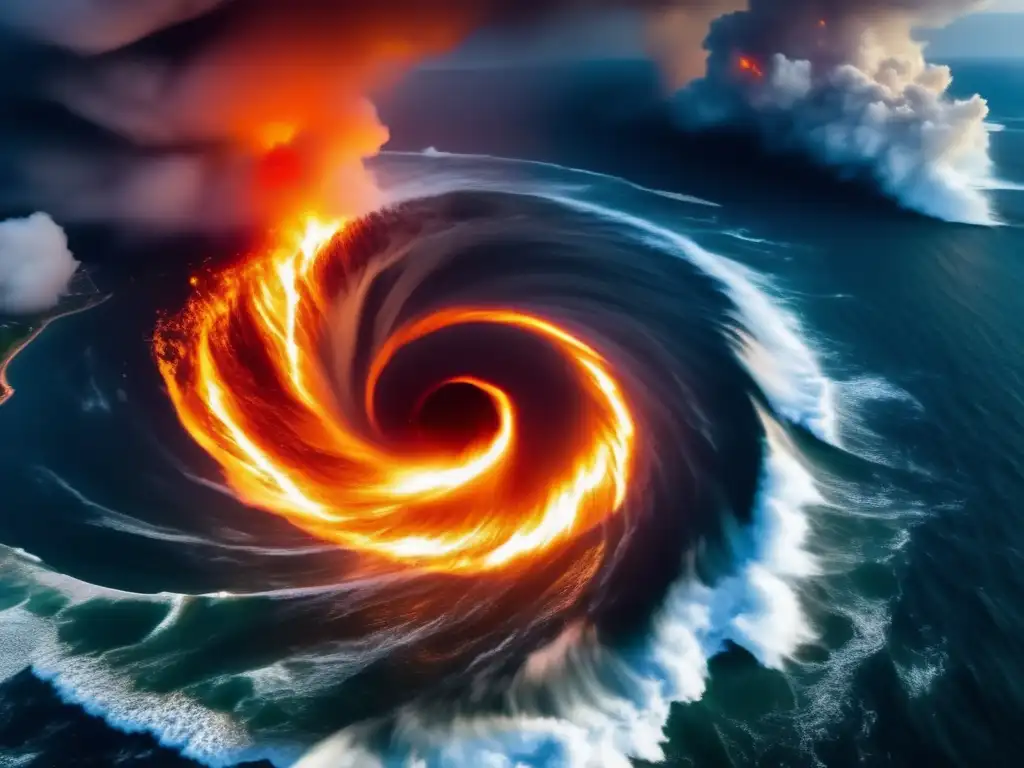
Storyline and Characters
While the documentary does not follow a traditional narrative structure or include fictional characters, it features a range of experts and survivors who offer insightful and emotional perspectives on hurricanes. Through their stories, viewers gain a deeper understanding of the impact that hurricanes can have on communities as well as the challenges associated with preparing for and mitigating their effects.
Cinematic Techniques and Special Effects
The documentary features a range of cinematic techniques and special effects to bring the hurricanes to life on screen. There are impressive computer simulations that offer a visual representation of the storm's path, as well as footage of hurricane hunters flying directly into the eye of the storm for research purposes. The use of special effects helps to emphasize the power and danger of hurricanes, making them more palpable for viewers.
Realism and Accuracy
One of the strengths of "Nature's Most Powerful Storms" is its accuracy and realism when portraying hurricanes. Scientists and experts explain the science behind these natural disasters in simple terms, making the information accessible to a wide audience. The documentary also highlights the importance of hurricane tracking and forecasting in helping people prepare for the storm and minimize its impact.
Comparing "Nature's Most Powerful Storms" (2003) to Other Hurricane Movies
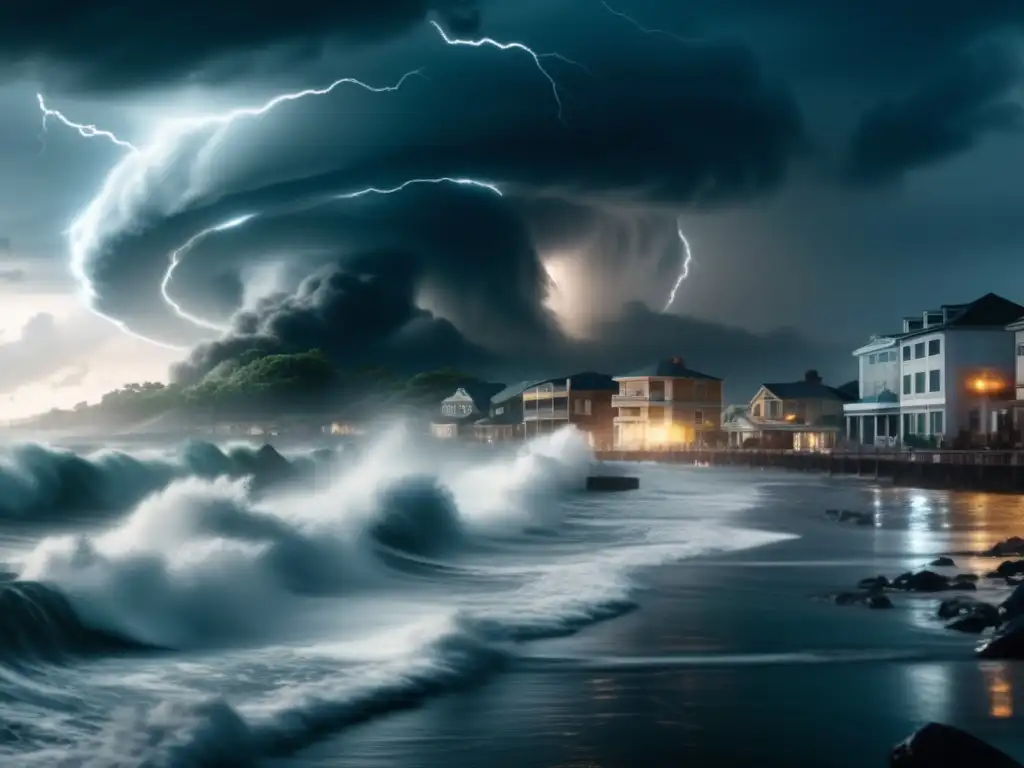
"The Hurricane" (1999)
"The Hurricane" is a biographical film based on the real-life story of boxer Rubin "Hurricane" Carter, who was wrongfully convicted of murder and eventually exonerated. While the film is not specifically about hurricanes, it does include several scenes that depict the devastating impact of a hurricane on Carter's hometown of Paterson, New Jersey. In comparison to "Nature's Most Powerful Storms," "The Hurricane" features a more limited portrayal of hurricanes but offers powerful examples of their destructive potential.
"Into the Storm" (2009)
"Into the Storm" is a disaster film that follows a group of storm chasers as they attempt to study a series of tornadoes in Oklahoma. While the film does not specifically focus on hurricanes, it includes several intense scenes of extremely violent weather that provide a sense of the raw power of nature. Compared to "Nature's Most Powerful Storms," "Into the Storm" features a more action-oriented approach to extreme weather events, with a greater emphasis on spectacle than education.
Popular Opinion and Reception of "Nature's Most Powerful Storms" (2003)
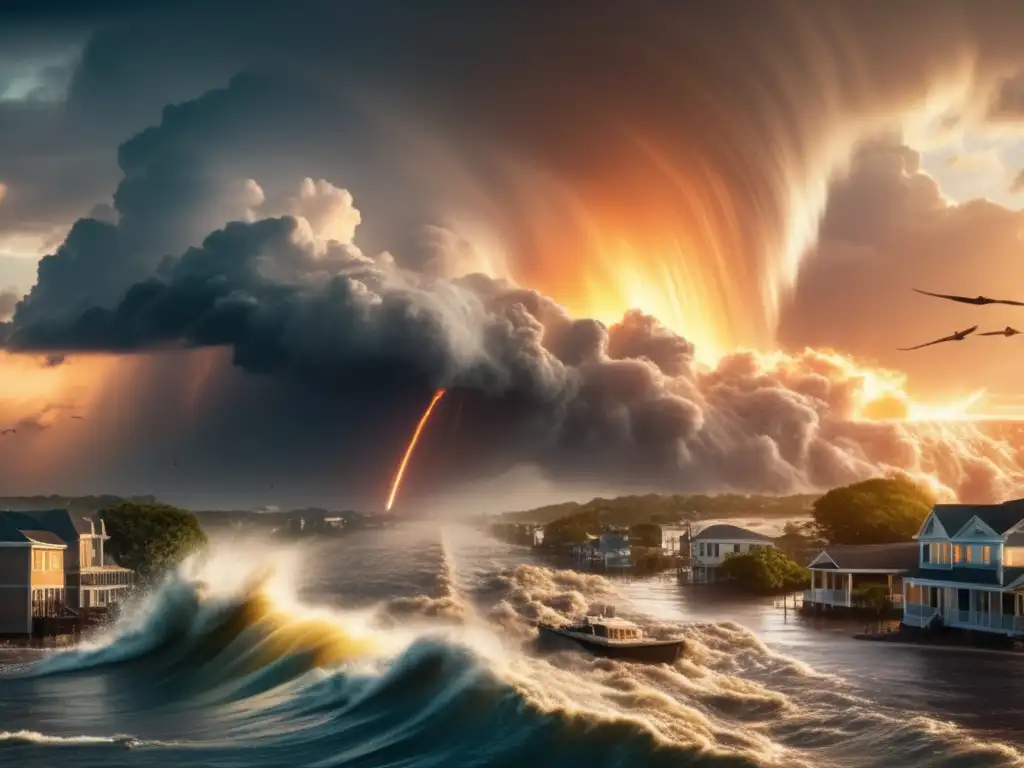
"Nature's Most Powerful Storms" was generally well-received by critics and audiences alike. The documentary won an Emmy Award for Outstanding Cinematography in 2004 and has been praised for its educational value and comprehensive coverage of hurricanes. It has also been noted for its emotional impact, with many viewers moved by the stories of survivors and experts alike. Overall, "Nature's Most Powerful Storms" stands as a powerful and effective portrayal of one of nature's most devastating phenomena.
Frequently Asked Questions
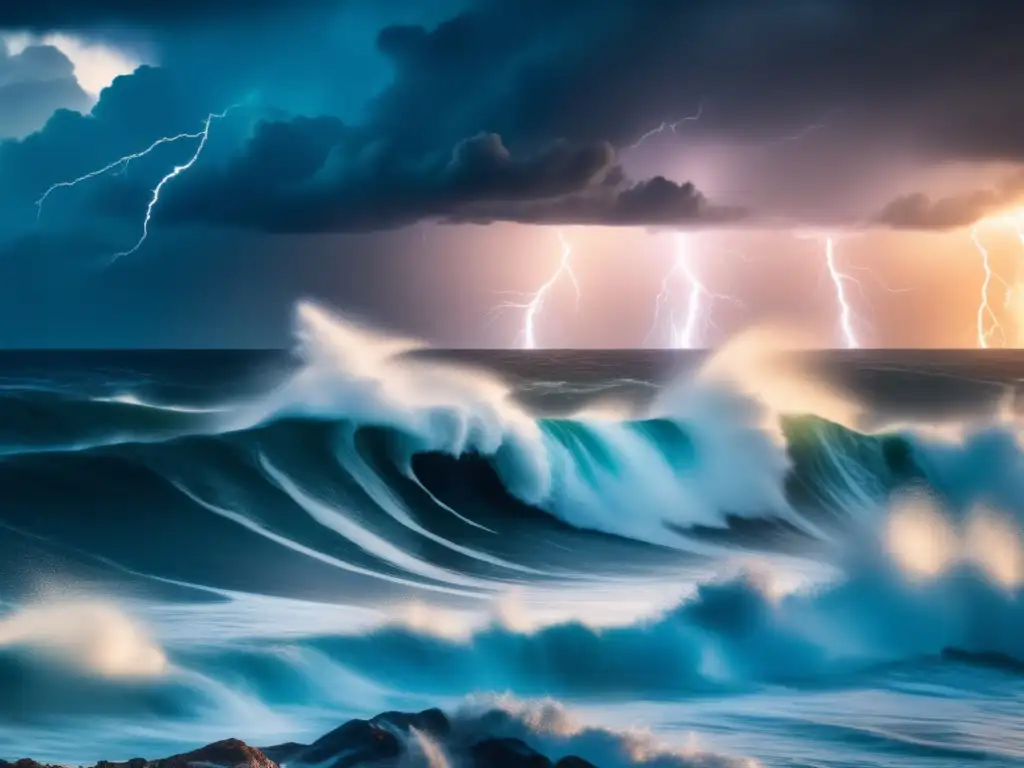
-
What are the main causes of hurricanes?
Hurricanes are caused by a combination of warm ocean temperatures, moisture, and light winds. These factors combine to create a rotating storm system that can quickly intensify into a hurricane.
-
How can individuals prepare for a hurricane?
Individuals can prepare for a hurricane by creating an emergency kit, establishing an evacuation plan, and securing their home and belongings. It is also important to stay informed about the storm's progress through local media and alerts.
-
What is the difference between a hurricane and a tornado?
A hurricane is a large, rotating storm that forms over warm ocean waters, while a tornado is a smaller, rapidly rotating column of air that forms within thunderstorms. Hurricanes typically cover a much larger area than tornadoes and are associated with more widespread damage and flooding.
-
What is the safest place to be during a hurricane?
The safest place to be during a hurricane is indoors, in a room away from windows and exterior walls. Basements and storm shelters can also provide protection from the storm's impact.
-
How do scientists study hurricanes?
Scientists study hurricanes through a combination of satellite imagery, computer modeling, and on-the-ground data collection. Hurricane hunters also fly directly into the storm to collect critical data on wind speed, pressure, and other factors.
Conclusion
"Nature's Most Powerful Storms" (2003) is a powerful and impactful documentary that provides valuable insights into the science behind hurricanes and their devastating impact on human communities. Through a combination of expert interviews, real-life survivor stories, and impressive special effects, the documentary offers a comprehensive overview of hurricanes and their effects. Its accuracy and realism make it an excellent resource for educational purposes, while its emotional impact serves as a reminder of the importance of preparing for and mitigating the impact of these natural disasters.
Ultimately, "Nature's Most Powerful Storms" stands as a powerful testament to the resilience of human communities in the face of nature's most powerful forces. As hurricanes continue to impact our world, it is crucial that we learn from past events and continue to educate ourselves and others about these devastating phenomena. By doing so, we can better prepare for and mitigate the impact of hurricanes and other natural disasters in the years to come.
 "When The Levees Broke: A Requiem In Four Acts" (2006)
"When The Levees Broke: A Requiem In Four Acts" (2006)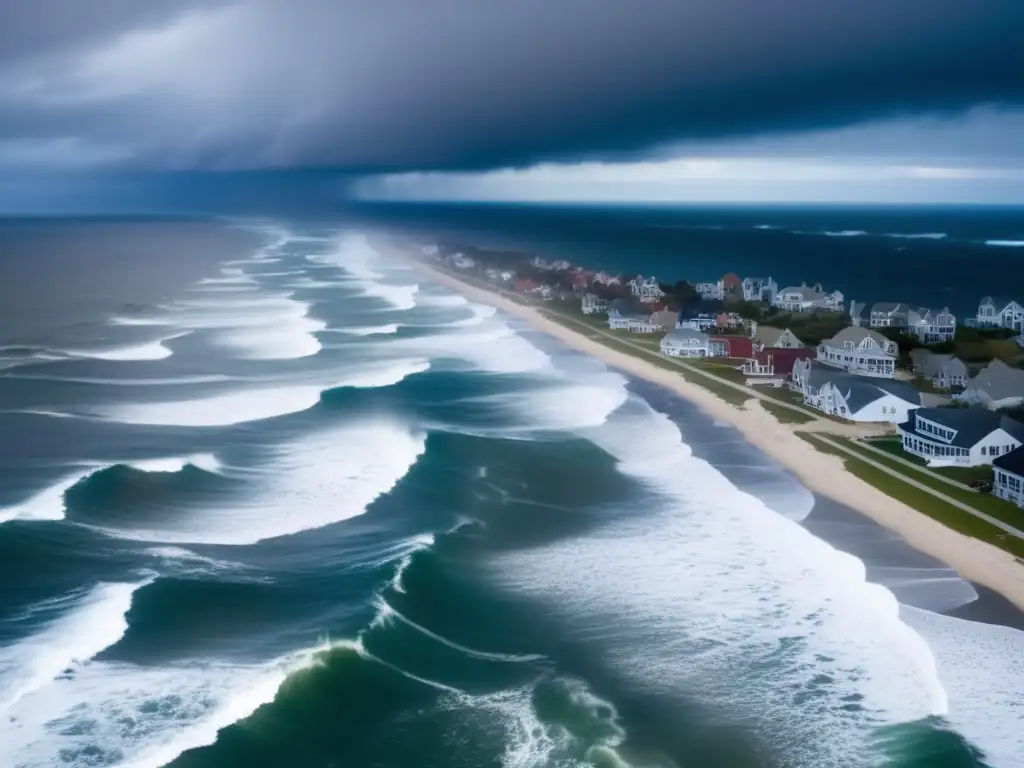 "Nature's Fury: New England's Killer Hurricane" (2012, Documental)
"Nature's Fury: New England's Killer Hurricane" (2012, Documental)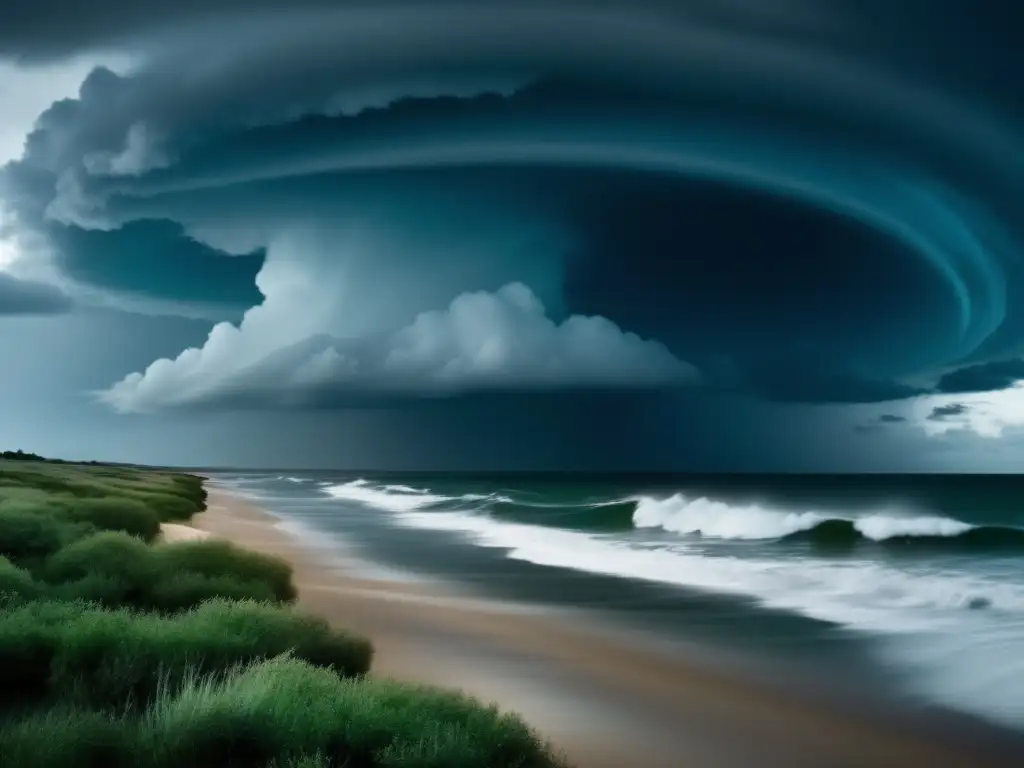 "The Eye Of The Storm" (2012, Documental)
"The Eye Of The Storm" (2012, Documental)If you want to discover more articles similar to "Nature's Most Powerful Storms" (2003), you can visit the Documentaries about Hurricanes category.
Leave a Reply

Articulos relacionados: